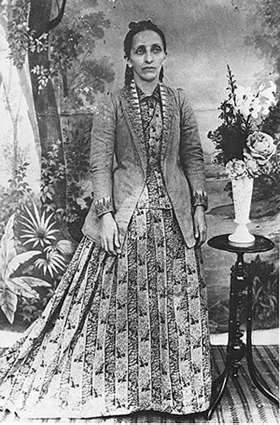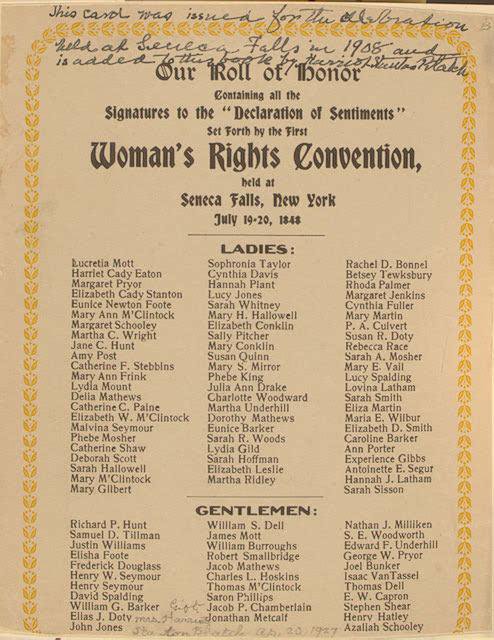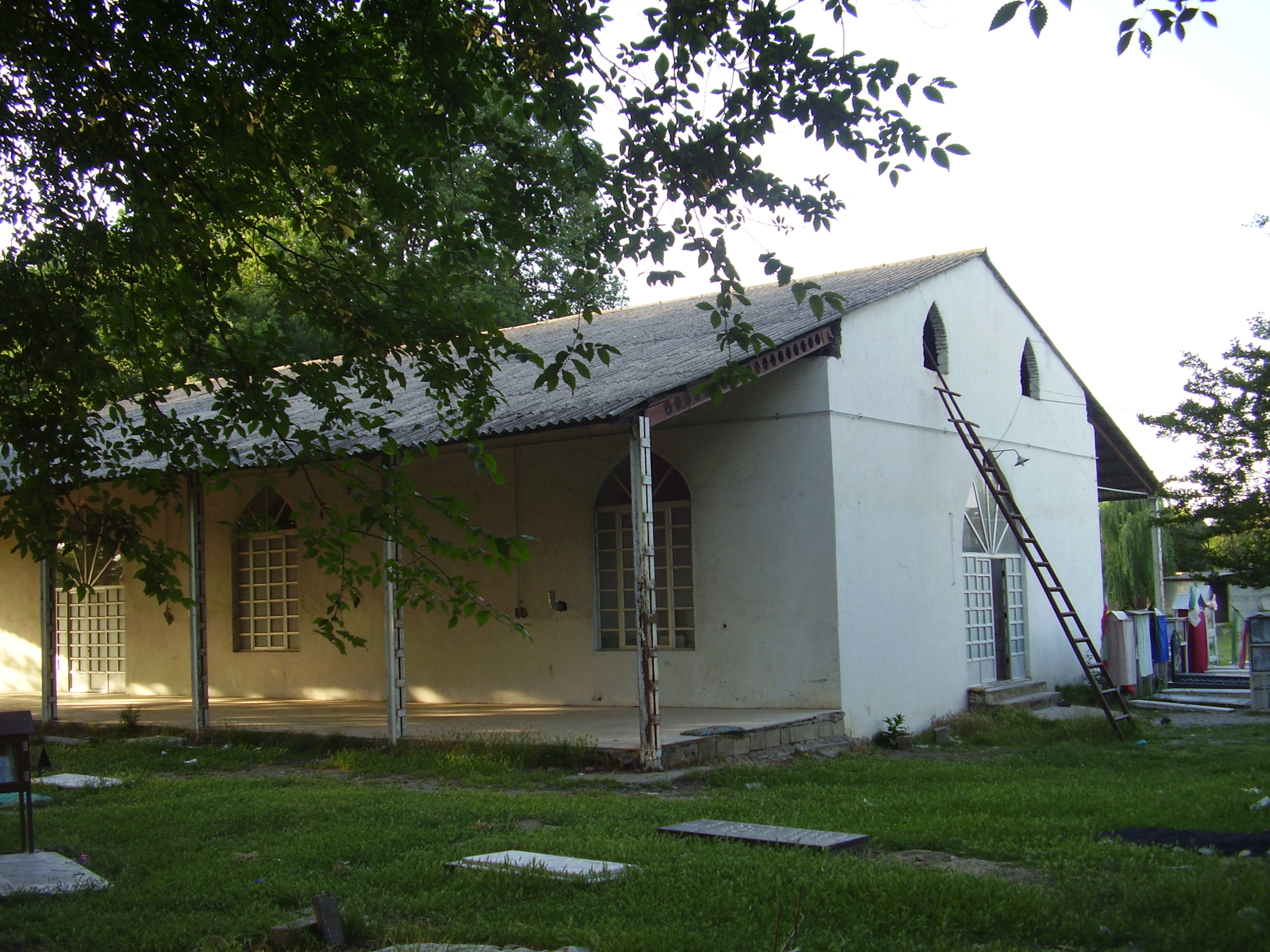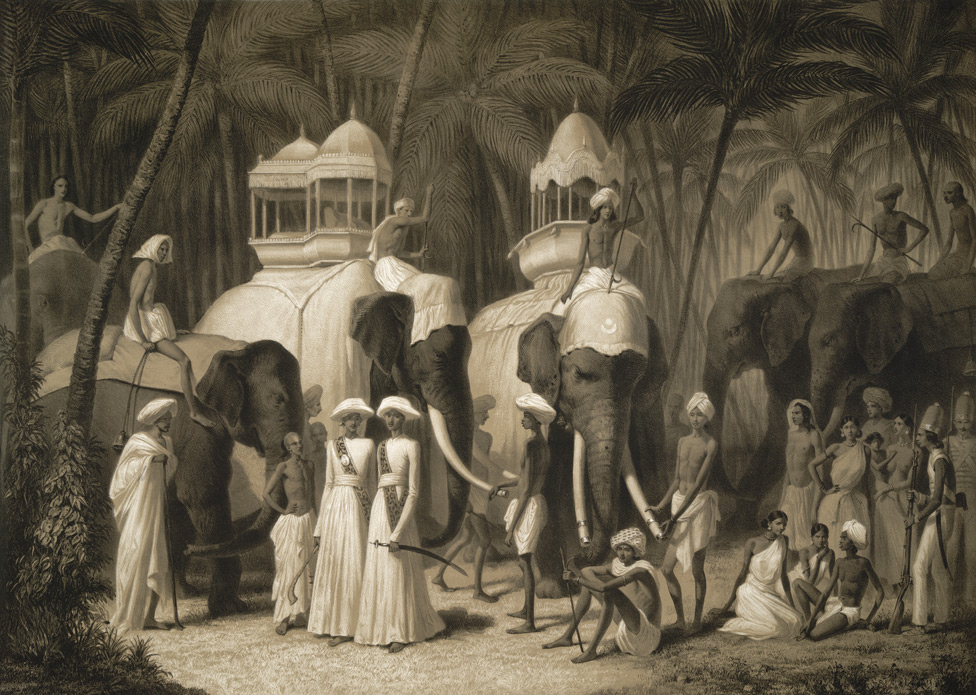|
Conference Of Badasht
The Conference of Badasht (Persian: گردهمایی بدشت) was an instrumental meeting of the leading Bábís in Iran during June–July 1848. In June–July 1848 over a period of 3 weeks, a number of Bábí leaders met in the village of Badasht at a conference, organized in part and financed by Baháʼu'lláh, centered on Táhirih and Quddús, that set in motion the public existence and promulgation of the Bábí religion. Around eighty men and Táhirih attended the conference. The conference is considered by Bábís and Baháʼís as a signal moment that demonstrated that Islamic Sharia law had been abrogated and superseded by Bábí law, as well as a key demonstration of the thrust of raising the social position of women. Leading figures and events After the Báb's arrest in early 1848, Mulla Muhammad Ali Barfurushi, aka Quddús, had sought to raise the Black Standard in Mashad. However the city forced the Bábís out, (it was later officially raised by Mullá Husayn ... [...More Info...] [...Related Items...] OR: [Wikipedia] [Google] [Baidu] |
Persian Language
Persian (), also known by its endonym Farsi (, ', ), is a Western Iranian language belonging to the Iranian branch of the Indo-Iranian subdivision of the Indo-European languages. Persian is a pluricentric language predominantly spoken and used officially within Iran, Afghanistan, and Tajikistan in three mutually intelligible standard varieties, namely Iranian Persian (officially known as ''Persian''), Dari Persian (officially known as ''Dari'' since 1964) and Tajiki Persian (officially known as ''Tajik'' since 1999).Siddikzoda, S. "Tajik Language: Farsi or not Farsi?" in ''Media Insight Central Asia #27'', August 2002. It is also spoken natively in the Tajik variety by a significant population within Uzbekistan, as well as within other regions with a Persianate history in the cultural sphere of Greater Iran. It is written officially within Iran and Afghanistan in the Persian alphabet, a derivation of the Arabic script, and within Tajikistan in the Tajik alphabet, a der ... [...More Info...] [...Related Items...] OR: [Wikipedia] [Google] [Baidu] |
Fatima Zahra
Fāṭima bint Muḥammad ( ar, فَاطِمَة ٱبْنَت مُحَمَّد}, 605/15–632 CE), commonly known as Fāṭima al-Zahrāʾ (), was the daughter of the Islamic prophet Muhammad and his wife Khadija bint Khuwaylid, Khadija. Fatima's husband was Ali, the fourth of the Rashidun, Rashidun Caliphs and the first Twelve Imams, Shia Imam. Fatima's sons were Hasan ibn Ali, Hasan and Husayn ibn Ali, Husayn, the second and third Shia Imams, respectively. Fatima has been compared to Mary, mother of Jesus, Mary, mother of Jesus, especially in Shia Islam. Muhammad is said to have regarded her as the best of women and the dearest person to him. She is often viewed as an ultimate archetype for Muslims, Muslim women and an example of compassion, generosity, and enduring suffering. It is through Fatima that Muhammad's family line has survived to this date. Her name and her epithets remain popular choices for Muslim girls. When Muhammad died in 632, Fatima and her husband Ali ref ... [...More Info...] [...Related Items...] OR: [Wikipedia] [Google] [Baidu] |
1848 In Religion
1848 is historically famous for the wave of revolutions, a series of widespread struggles for more liberal governments, which broke out from Brazil to Hungary; although most failed in their immediate aims, they significantly altered the political and philosophical landscape and had major ramifications throughout the rest of the century. Ereignisblatt aus den revolutionären Märztagen 18.-19. März 1848 mit einer Barrikadenszene aus der Breiten Strasse, Berlin 01.jpg, Cheering revolutionaries in Berlin, on March 19, 1848, with the new flag of Germany Lar9 philippo 001z.jpg, French Revolution of 1848: Republican riots forced King Louis-Philippe to abdicate Zeitgenössige Lithografie der Nationalversammlung in der Paulskirche.jpg, German National Assembly's meeting in St. Paul's Church Pákozdi csata.jpg, Battle of Pákozd in the Hungarian Revolution of 1848 Events January–March * January 3 – Joseph Jenkins Roberts is sworn in, as the first president of the ind ... [...More Info...] [...Related Items...] OR: [Wikipedia] [Google] [Baidu] |
1848 In Iran
The following lists events that have happened in 1848 in the Qajar dynasty. Incumbents * Monarch: Mohammad Shah Qajar (until September 5), Naser al-Din Shah Qajar (starting September 5) Events * September 17 – Nasser al-Din Shah Qajar ascended to throne. Death * September 5 – Mohammad Shah Qajar died in Tehran, Iran. References Iran Iran, officially the Islamic Republic of Iran, and also called Persia, is a country located in Western Asia. It is bordered by Iraq and Turkey to the west, by Azerbaijan and Armenia to the northwest, by the Caspian Sea and Turkmeni ... Years of the 19th century in Iran 1840s in Iran {{Iran-year-stub ... [...More Info...] [...Related Items...] OR: [Wikipedia] [Google] [Baidu] |
History Of The Bahá'í Faith
History (derived ) is the systematic study and the documentation of the human activity. The time period of event before the invention of writing systems is considered prehistory. "History" is an umbrella term comprising past events as well as the memory, discovery, collection, organization, presentation, and interpretation of these events. Historians seek knowledge of the past using historical sources such as written documents, oral accounts, art and material artifacts, and ecological markers. History is not complete and still has debatable mysteries. History is also an academic discipline which uses narrative to describe, examine, question, and analyze past events, and investigate their patterns of cause and effect. Historians often debate which narrative best explains an event, as well as the significance of different causes and effects. Historians also debate the nature of history as an end in itself, as well as its usefulness to give perspective on the problems of the p ... [...More Info...] [...Related Items...] OR: [Wikipedia] [Google] [Baidu] |
Baháʼí Faith In Iran
The Baháʼí Faith is a world religion that was founded in the 19th century Middle East. Its founders and the majority of its early followers were of Iranian heritage, and it is widely regarded as the second-largest religion in Iran after Islam. Though most Baháʼís in Iran are of a Muslim background, the 19th century conversions of sizeable numbers of individuals from Judaism and Zoroastrianism in the country are also well documented. The early history of the Baháʼí Faith in Iran covers the lives of these founders, their families, and their earliest prominent followers known by honorific designations such as the Letters of the Living and the Apostles of Baháʼu'lláh. Since its inception the Baháʼí Faith has promoted democratically elected councils; the promotion of modern education as a priority within families (with emphasis on female education) and specific encouragement of women's equality with men. Iranian Baháʼís have created schools, agricultural cooperative ... [...More Info...] [...Related Items...] OR: [Wikipedia] [Google] [Baidu] |
Baháʼí Faith And Gender Equality
One of the fundamental teachings of the Baháʼí Faith is that men and women are equal and that equality of the sexes is a spiritual and moral standard essential for the unification of the planet and a prerequisite for peace. Baháʼí teachings stress the importance of implementing this principle in individual, family, and community life. Nevertheless, the Baháʼí notion of the full spiritual and social equality of the two sexes does not imply sameness, so that gender distinction and differentiation are observed in certain areas of life. Significantly, while women can and do serve in an extensive range of elected and appointed positions within the Baháʼí administration at both national and international levels, they are not permitted to serve as members of the Universal House of Justice, the supreme governing institution of the Baháʼí Faith. Equality The equality of men and women is a fundamental Baháʼí principle, that is explicit in the writings of Baháʼu'lláh, t ... [...More Info...] [...Related Items...] OR: [Wikipedia] [Google] [Baidu] |
Seneca Falls Convention
The Seneca Falls Convention was the first women's rights convention. It advertised itself as "a convention to discuss the social, civil, and religious condition and rights of woman".Wellman, 2004, p. 189 Held in the Wesleyan Methodist Church (Seneca Falls, New York), Wesleyan Chapel of the town of Seneca Falls, New York, Seneca Falls, New York (state), New York, it spanned two days over July 19–20, 1848. Attracting widespread attention, it was soon followed by other women's rights conventions, including the Rochester Women's Rights Convention of 1848, Rochester Women's Rights Convention in Rochester, New York, Rochester, New York, two weeks later. In 1850 the first in a series of annual National Women's Rights Conventions met in Worcester, Massachusetts, Worcester, Massachusetts. Female Quakers local to the area organized the meeting along with Elizabeth Cady Stanton, who was not a Quaker. They planned the event during a visit to the area by Philadelphia-based Lucretia Mott ... [...More Info...] [...Related Items...] OR: [Wikipedia] [Google] [Baidu] |
Battle Of Fort Tabarsi
Shaykh Ṭabarsí, or more correctly the Shrine of Shaykh Tabarsí, was the location of a battle between the forces of the Shah of Persia and the Bábís over a period of seven months: October 10, 1848 to May 10, 1849. The commanding prince in charge of the government troops, unable to force the surrender of the followers of the Báb, resorted to a plan of betrayal to capture the remaining Bábís. The shrine is located in Mazandaran Province, Iran. Leading up to the Battle Mullá Husayn-i-Bushru'i, one of the most prominent Bábís and the very first person to accept the new faith, marched with 202 of his fellow disciples, under instructions from the Báb, from Mashhad to the Shrine of Shaykh Tabarsí with the Black Standard raised, fulfilling an Islamic prophecy. The mission was most likely proclamatory but possibly also to rescue another Bábí leader, Quddús, who was under house arrest in Sárí. After being attacked at the town of Barfurush (home of Quddús), the group ... [...More Info...] [...Related Items...] OR: [Wikipedia] [Google] [Baidu] |
Niala, Iran
Niala ( fa, نيالا, also Romanized as Nīālā and Neyālā; also known as Hīāla and Netālā) is a village in Tuskacheshmeh Rural District, in the Central District (Galugah County), Central District of Galugah County, Mazandaran Province, Iran. At the 2006 census, its population was 381, in 107 families. References Populated places in Galugah County {{Galugah-geo-stub ... [...More Info...] [...Related Items...] OR: [Wikipedia] [Google] [Baidu] |
Howdah
A howdah, or houdah (Hindi: हौदा ''haudā''), derived from the Arabic (hawdaj), which means "bed carried by a camel", also known as ''hathi howdah'' (''hāthī haudā'', हाथी हौदा), is a carriage which is positioned on the back of an elephant, or occasionally some other animal such as a camel, used most often in the past to carry wealthy people during progresses or processions, hunting or in warfare. It was also a symbol of wealth for the owner and as a result might be elaborately decorated, even with expensive gemstones. Notable howdahs are the Golden Howdah, on display at the Napier Museum at Thiruvananthapuram, which was used by the Maharaja of Travancore and that used traditionally during the Elephant Procession of the famous Mysore Dasara. The Mehrangarh Fort Museum in Jodhpur, Rajasthan, has a gallery of royal howdahs. Today, howdahs are used mainly for tourist or commercial purposes in South East Asia and are the subject of controversy as ani ... [...More Info...] [...Related Items...] OR: [Wikipedia] [Google] [Baidu] |
Moojan Momen
Moojan Momen is a retired physician and historian specializing in Baháʼí studies who has published numerous books and articles about the Baháʼí Faith and Islam, especially Shia Islam, including for Encyclopædia Iranica* * * the British Library, and is a Fellow of the Royal Asiatic Society of Great Britain and Ireland. His book ''An introduction to Shi'i Islam'' was used as required reading in university and seminary courses on Shia Islam. He won the 7th annual Thomas Robbins Award for Excellence in the Study of New Religious Movements in 2009 for his article “Millennialism and Violence: The Attempted Assassination of Nasir al-Din Shah of Iran by the Babis in 1852.” He is an editor of ''Bahá’í Studies Review'' and serves as a faculty member at the Bahá'í Wilmette Institute. Retrieved Decemb ... [...More Info...] [...Related Items...] OR: [Wikipedia] [Google] [Baidu] |


.jpg)




